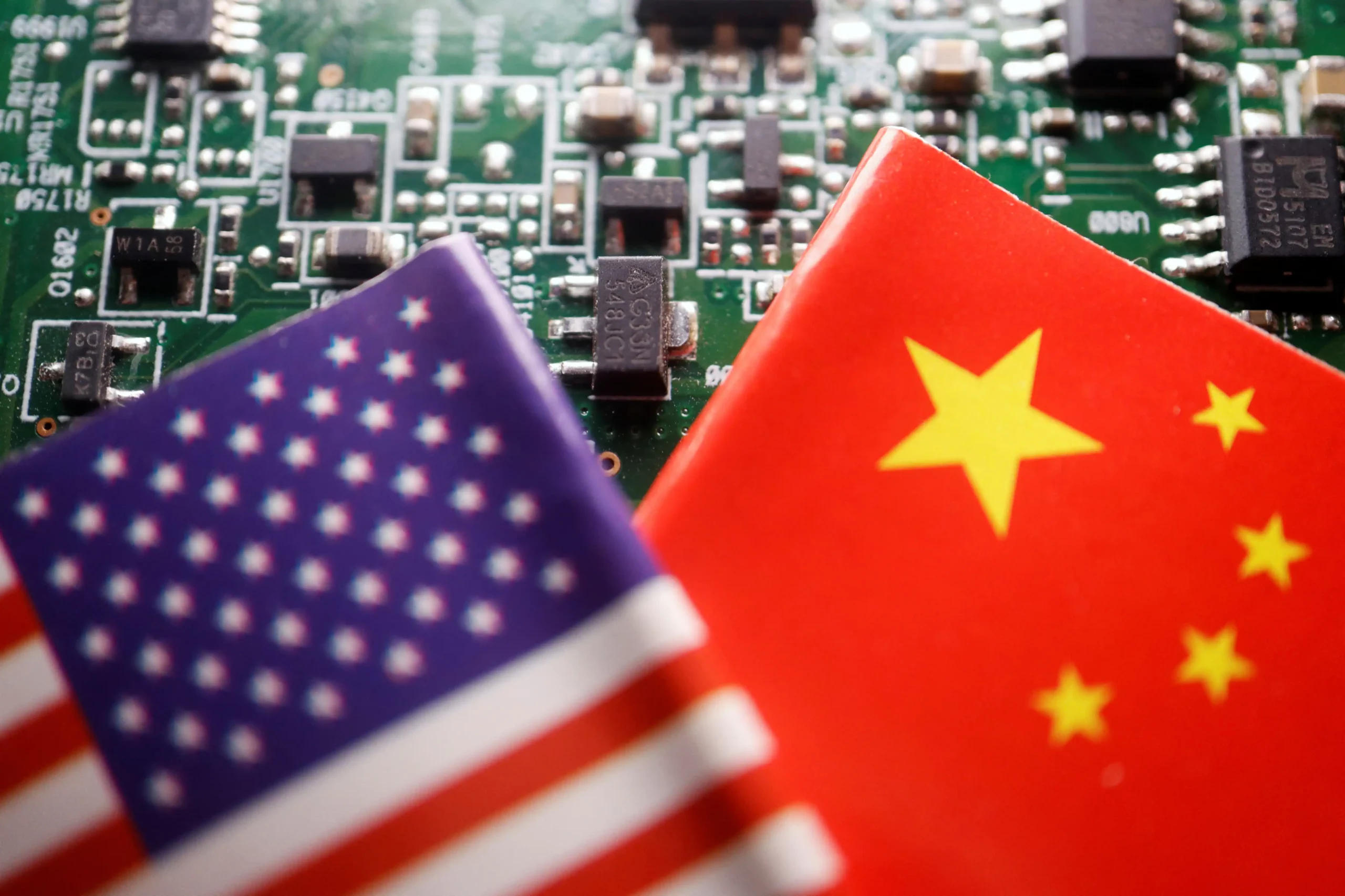In a significant development, China has officially instituted a ban on the export of two essential minerals required for semiconductor chip production: gallium and germanium. This prohibition is underscored by the export data for these minerals, which recorded zero exports in August 2023.
According to China’s most recent customs data, no shipments of either product were made to international markets during this period. However, in July, exports of gallium totaled 5.15 metric tons, while germanium exports amounted to 8.1 metric tons.
New Export Regulations and Permit Requirements
The export of gallium and germanium products is now subject to stringent regulatory requirements, including the need to obtain special permits. These regulations apply not only to products but also encompass technologies with dual-use applications, extending to both military and civilian sectors.
A Chinese germanium producer, who opted to remain anonymous, shed light on the situation, stating, “The permit application process takes approximately 45 working days. We refrained from exporting anything abroad last month as we were awaiting the necessary permits,” as reported by Reuters.
Responding to US Export Controls
These export restrictions are a direct response to export controls imposed by the United States (US). Despite this, concerns are growing regarding China’s economic growth, particularly in the face of an escalating technology war.
China, as the world’s second-largest economy, is simultaneously grappling with issues such as weakened domestic demand and a housing crisis. In the past month, the nation witnessed its exports decline to the lowest levels seen in the past three years, further complicating its path to recovery.
Potential Implications for China’s Economy and Global Supply Chains
Analysts are pointing out that the export restrictions on gallium and germanium could have far-reaching consequences, impacting both China’s economy and the ongoing shift of global supply chains.
While China currently serves as an industry leader in the production of both elements, alternative producers and substitute materials are available in the global market. Eurasia Group analysts remarked, “China may be an industry leader in producing both elements, but there are alternative producers, as well as substitutes for both materials.”
For context, China is responsible for producing approximately 80% of the world’s gallium and 60% of its germanium. The effects of sharply reduced exports are already noticeable within the country, with gallium prices experiencing a significant decline due to export controls, leading to the accumulation of stockpiles.
As of Thursday (September 21), the spot price of gallium reached 1,900 yuan (US$260) per metric ton, marking a nearly 20% drop since the beginning of July 2023. Meanwhile, germanium’s spot price has seen a slight increase due to constrained supply, reaching 10,050 yuan (US$1,376) per metric ton.


